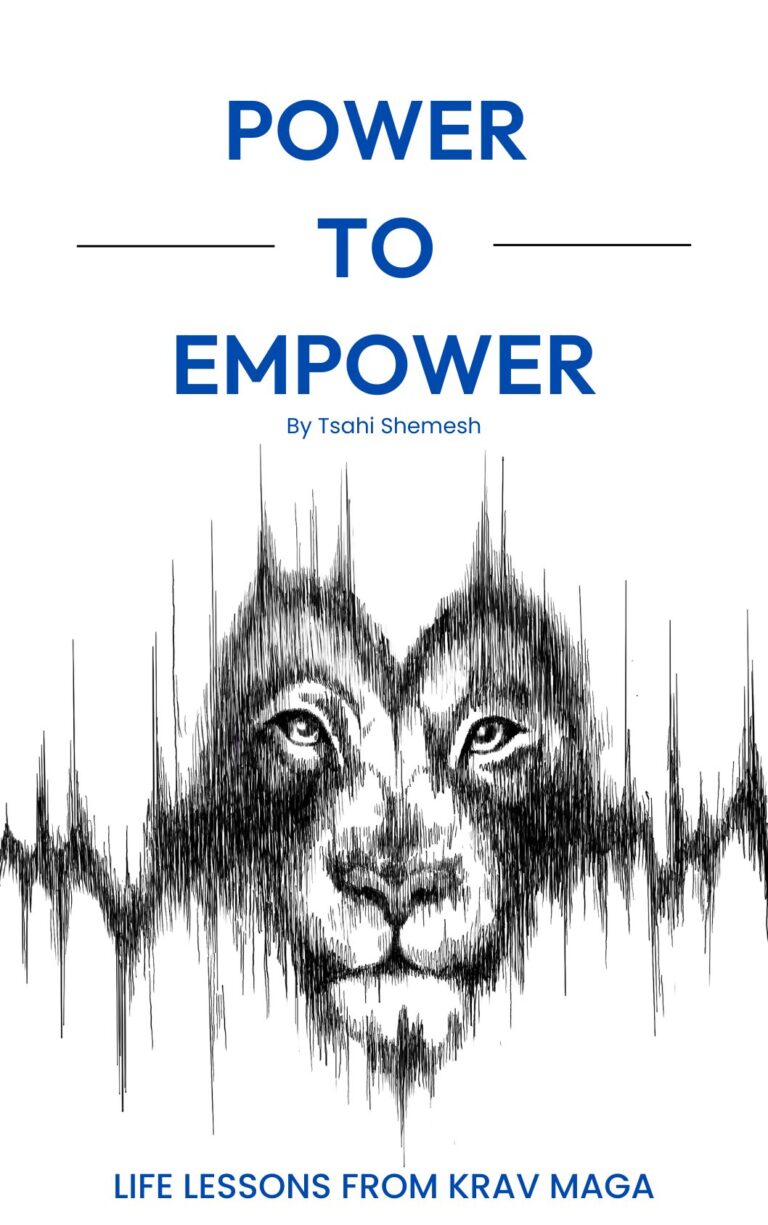Which Martial Arts is best for Self Defense.
First, let's review the difference between Martial Arts & Self Defense
Growing up, I was always under the impression that Martial Arts and Self Defense were essentially the same things. It wasn’t until I began learning the intricacies of each that I realized how different they are. The term Martial Arts were developed in reference to Mars, the Roman God of War, and its earliest uses refer to it as “The Arts of Mars”. Martial Arts are just art forms steeped in tradition with an emphasis on the connection between mind and body. The goal of martial artists is to push themselves to peak performance using skills developed by their school or style.
Martial arts schools became competitive over time, and serve both purposes; a discipline and a sport. Competitions brought attention and glory to combative sports. Participants would compete in tournaments to test their skills. Each art has a different set of rules, do’s and don’ts and it is clear who wins and who loses.
Self Defense, on the other hand, isn’t a sport. It’s a survival skill. Most forms of self-defense were created to address needs in a practical way. They focus on avoiding threats completely if possible but engaging when necessary. While Martial Arts are based on tradition Self Defense is based on reality, hence it can not be attached to any tradition. A glaring difference between the two is that Martial Arts trains its practitioners for a fair fight while Self Defense trains its practitioners for threats that might not be as fair such as an assailant wielding a knife or a gun. To understand the differences on a deeper level, we must understand the reasons each art form came to be and the circumstances surrounding each particular style.
A great example is Capoeira. It was developed out of necessity by African slaves brought to Brazil by the Portuguese Crown. In the early 1800s, slaves began to revolt against the Crown and escaped to build their communities using the vast landscape of Brazil to remain hidden. Understanding that at any moment, they could be discovered and attacked, they began to develop a swift and acrobatic fighting style. To the untrained eye, they seemed to be practicing an elaborate dance. Still, in reality, they were honing their skills as Martial Artists and preparing to defend themselves and their community.
In the 1930s, the first official Capoeira school was opened and it was recognized by the government as a legitimate institution. It was formalized in the 1960s with the founding of the World Capoeira Association and by 1972, it was recognized by the Brazilian government as a full-blown sport with the institution of rules, bylaws, student grading, and recognized movements. Today the art form is practiced in outdoor settings and indoor gyms as a wellness activity as well as a Martial Art and has become a far cry from the secret defense method it was originally intended to be.
Another example is Taekwondo. A Korean Martial Art that has 20 Million practitioners across the globe, making it the most practiced Martial Art in the world! Its name broken down is an accurate description of what it encompasses Tae (foot), Kwon (fist), Do (art). The art dates as far back as 50 B.C. when Korea was divided into three kingdoms. The smallest of the three kingdoms Silla used it as a way to protect itself from pirates and other forms of invasion and became part of their military training in the years following. However, by 668 A.D. it became more of a recreational sport.
The first school to teach Tae Kwon Do as we know it today opened in 1945. Since then, it has become a mainstream staple of Martial Arts, even being recognized as an Olympic sport in 1982. Despite being developed out of a necessity for self-defense Tae Kwon Do has evolved into a Martial Art centered around self-discipline and sportsmanship.
The Chinese art of Kung Fu is said to have initially been developed as a self-defense method against animals for hunting purposes. Its teachings became more widespread in the 3rd Century A.D. and were mainly focused on improving one’s health and wellness. It was elevated by the monk Da Mo of the Shaolin Temple who found that the monks were too physically and mentally weak to take the necessary steps to the path of enlightenment. His teachings focused on exercising the body while also cleansing the body and mind through meditation. Kung Fu has one of the richest traditions of all Martial Arts, but it has become more of a wellness activity than a practical self-defense method as time has gone on.
Several different Chinese martial arts styles combined to influence Karate which got its start in Okinawa and was used primarily to defend against attacks from Colonial Japan. Chinese and Taiwanese cultures greatly impacted Okinawans due to their close proximity and constant trade between countries. A Japanese weapons ban in the 1500s only escalated the need for an empty-handed form of self-defense. In 1609 Okinawa was seized by the Satsuma clan, and the study of Martial Arts became prohibited. Okinawans would often practice secretly at night to keep their skills sharp and the art form alive. Karate would go on to have many different styles and offshoots, with several of them, such as Kata and Kumite, going on to become Olympic sports. While Karate was developed out of a need for self-defense, it has become less practical as time has gone on and focuses more on the sporting aspect of competition rather than an actual street fight.
One thing that is common in all Martial arts, as mentioned above, have in common is that despite being formed with self-defense as a goal, they have all evolved into competitive sports as opposed to practical defenses.
Krav Maga, on the other hand, is not a sport. There are no rules, anything goes, and the goal is to do the minimal damage necessary to exit a harmful situation. Imi Lichtenfeld began developing it in the 1930s in Czechoslovakia and was first taught it in Bratislava to protect local Jews from the Nazi regime. It has been evolving ever since. When the state of Israel was established in 1948, he became the Chief Instructor of Physical Fitness and Krav Maga for the IDF. Since then, Krav Maga has developed into an extremely practical and effective Self Defense system. It has been taught to Armies, Police Departments, and even the FBI base at Quantico. Krav Maga focuses on avoiding threats when possible but neutralizing them completely when necessary. Attacks in Krav Maga are targeted at the assailants’ weak points, such as the groin and the head, and many practitioners are also trained in weapons defense to protect against armed assailants. At KME we believe that these self-defense skills are not only easily applicable but also extremely necessary. We don’t train to compete or test our style against others. We train for a more simple reason: so that one may walk in peace.
It’s never too late to start.

